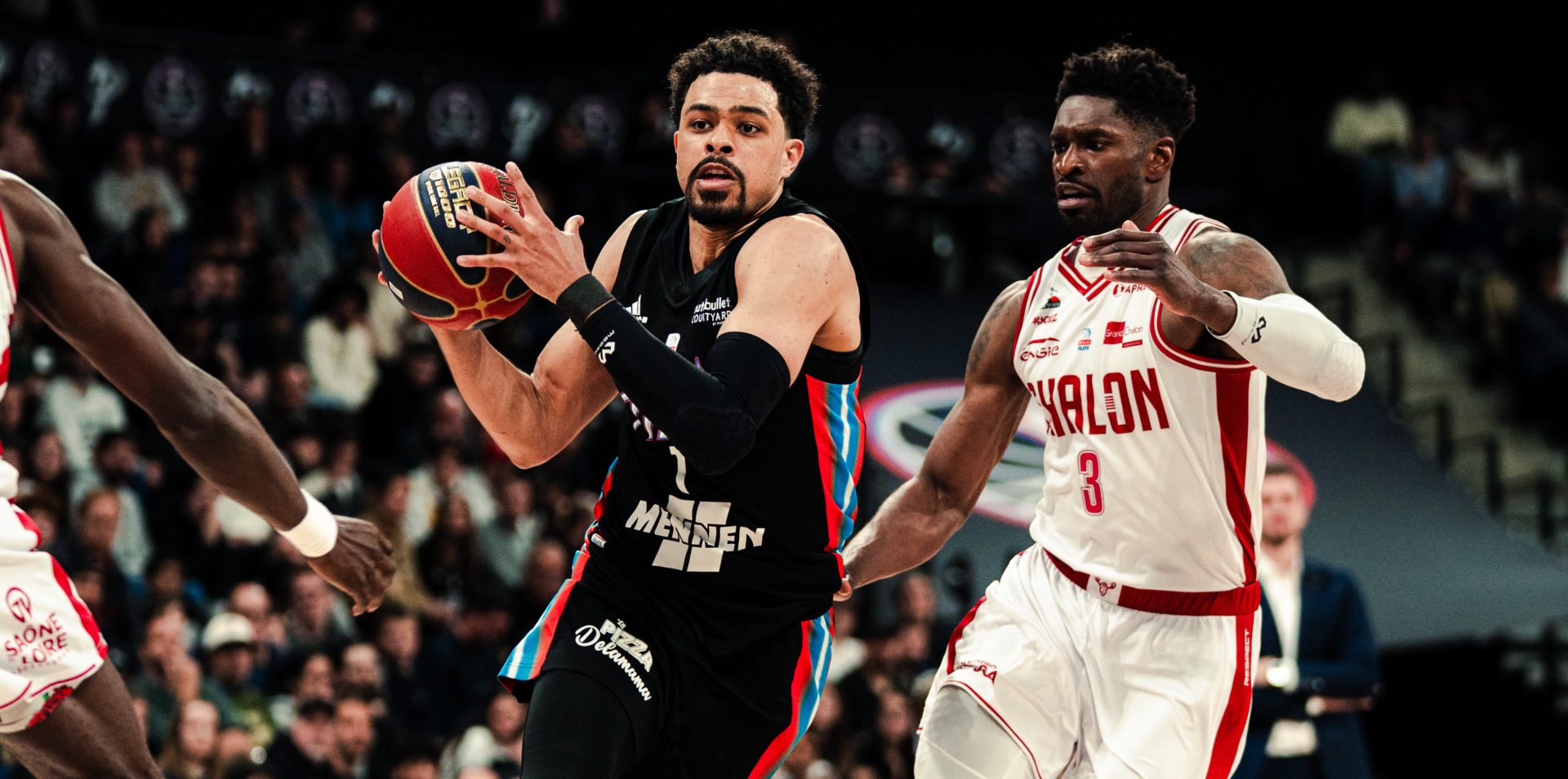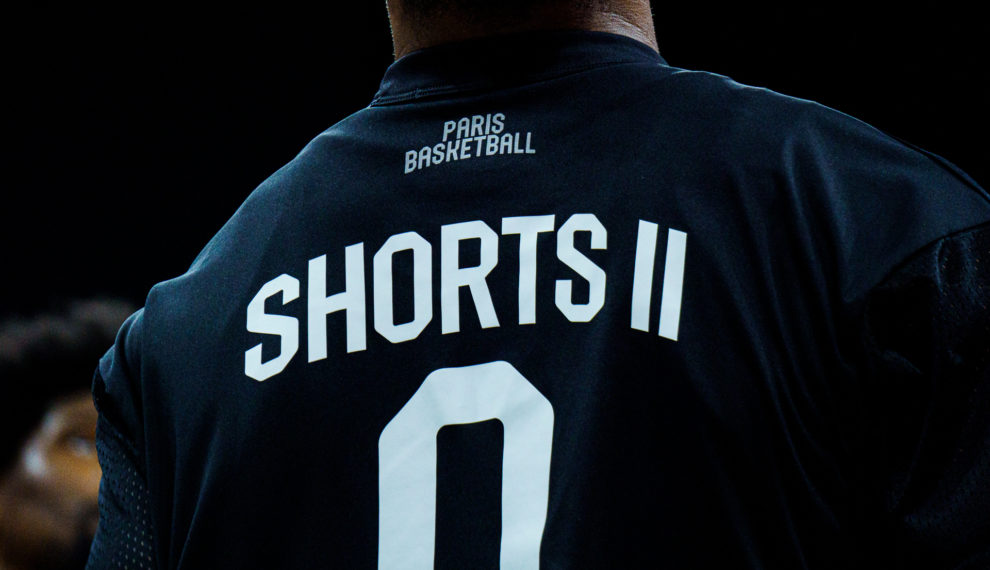
Travel : The basketix Lexicon
What is Traveling?
Traveling is one of basketball’s most misunderstood rules, especially by newcomers. Simply put, you are not allowed to take more than two steps with the ball without dribbling. As soon as you stop your dribble or catch the ball, you can take one additional step to stabilize yourself or start a shooting motion, but be warned: two steps is the absolute limit. If you take a third step or move your pivot foot (the foot fixed to the ground when you stop your dribble), the referee will immediately call a violation known as “traveling.”
Specifically, as soon as you gain possession of the ball while running, your first foot to touch the ground becomes your pivot foot. You can then place the other foot down to take your second step. If that pivot foot leaves the ground before you release the ball to shoot or pass, it is a travel. Similarly, when you are stationary and pivoting, lifting or moving your pivot foot without dribbling also triggers this violation.
Why is it Important in the Game?
The traveling rule is essential because it imposes a strict framework on players, ensuring the game’s fluidity and dynamic nature. Without it, players could run across the entire court with the ball in hand without dribbling, killing the pace and creativity of the game. This constraint forces players to develop great technical skill, such as famous moves like the Eurostep, the step-back, or the crossover.
By limiting movements without dribbling, the rule also encourages better ball circulation, more intense team play, and varied offensive strategies. Strict adherence to this rule makes offensive plays more spectacular, as players must constantly invent new ways to get around their opponents within the regulatory limits.
I Feel Like a Lot of Travels Are Not Called in the NBA…
This is the big question every fan asks: Do NBA stars receive preferential treatment regarding this rule? Yes and no. Officially, the NBA rules on traveling are very similar to those applied elsewhere in the world. However, in practice, NBA referees often let actions that are borderline traveling slide, especially when players perform fast or spectacular technical moves.
Players like James Harden, Giannis Antetokounmpo, and LeBron James are often accused of benefiting from a certain tolerance. Why? Because the speed, agility, and technical skill of these players sometimes make it very difficult for referees to instantly judge whether a foot has indeed moved too much or not. This slight tolerance also contributes to the spectacle and rhythm so characteristic of the NBA.
A Legendary Travel: Russell Westbrook vs. the Warriors (2017)
Among the many memorable traveling violations, one action, in particular, has become legendary on Shaqtin’ a Fool: Russell Westbrook’s travel against the Golden State Warriors in 2017. In a game pitting his team, the Oklahoma City Thunder, against the Warriors, Westbrook committed the greatest travel of all time: an inbound pass to Westbrook, who proceeded to run up the court with the ball in hand, without dribbling for several steps… all while looking around, completely unfazed.
Faced with general astonishment, including that of Stephen Curry and Kevin Durant, the referee did not immediately blow the whistle, triggering hilarity throughout the arena. Fans, commentators, and even opposing players couldn’t believe it. This unlikely action quickly went viral, becoming the subject of numerous memes and humorous videos on social media.
This episode perfectly reflects the ambiguity of the traveling rule’s application in the NBA: between the theoretical requirement and the practical flexibility of referees on the court, there is sometimes a huge gap, much to the delight (and sometimes frustration) of basketball fans.
Frequent Traveling Cases to Remember
To summarize clearly, here are common situations considered to be “traveling,” easy to spot to avoid errors:
- Lifting or moving your pivot foot without dribbling or passing.
- Taking more than two steps after catching the ball without dribbling.
- Jumping and landing back on the ground while holding the ball without releasing it.
- Changing your pivot foot while pivoting.
- Catching your own ball without it having touched the rim, the backboard, or another player.
- Taking a too-quick jab step and lifting your pivot foot before dribbling.
- Sliding, rolling on the ground, or getting back up while holding the ball after a fall.
Now that you know all the details, there’s no reason to complain without understanding the rule. It’s up to you to check on the court or in front of your screen whether the referees are attentive or a little too lenient!
And for your great pleasure, we’ll let you enjoy these many travels to finish this article in style!
Read also
Latest items













